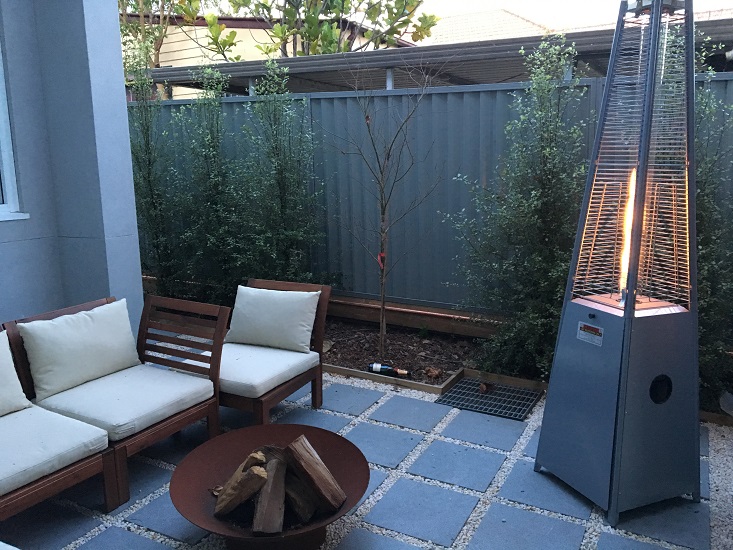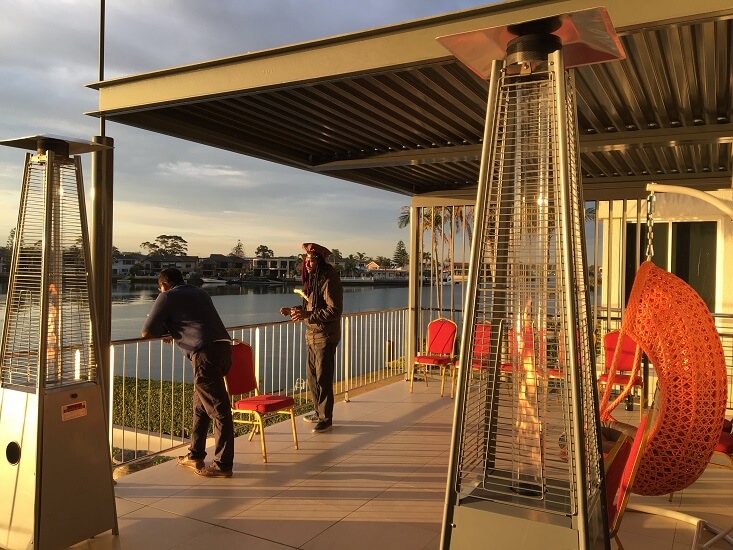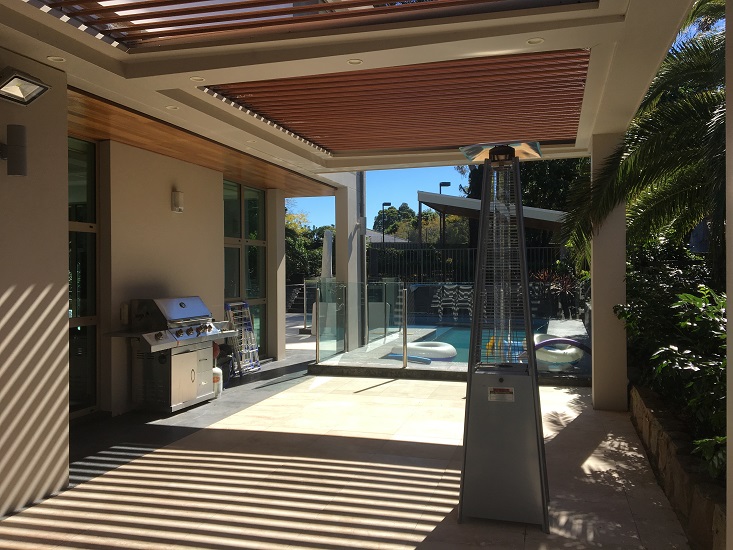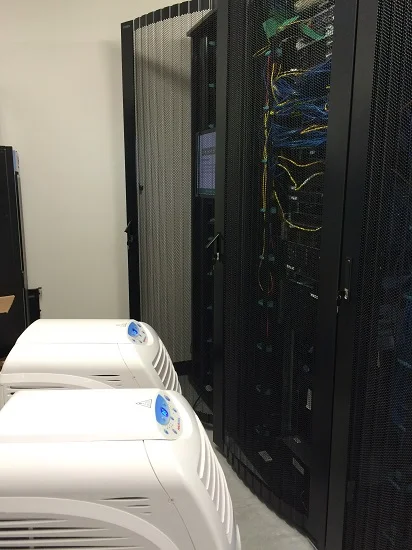Effective Solutions for Controlling Dampness and Preventing Mold Growth
One of the first steps in mold control is identifying and addressing sources of moisture. Common sources include leaks, condensation, and poor ventilation. Repairing leaks in plumbing, walls, and roofs promptly can reduce moisture levels and minimize the risk of mold.
Improving ventilation is also crucial. Proper air circulation helps prevent condensation, which can lead to dampness. Using exhaust fans in bathrooms, kitchens, and other high-humidity areas can greatly aid in reducing indoor moisture levels.
Dehumidifiers are another effective tool for managing indoor humidity, particularly in damp climates or during humid seasons. By maintaining indoor humidity below 60%, mold growth is less likely to occur.
Regularly cleaning and maintaining areas prone to dampness, such as basements, bathrooms, and kitchens, can further help in mold prevention. Using mold-resistant paints and coatings on walls and ceilings can provide an extra layer of protection, especially in moisture-prone areas.
Overall, a proactive approach to controlling moisture—through leak repairs, ventilation improvements, dehumidification, and mold-resistant finishes—can help create a healthier living environment and prevent costly mold damage.
Explore more our products here. We would like to hear from you!






